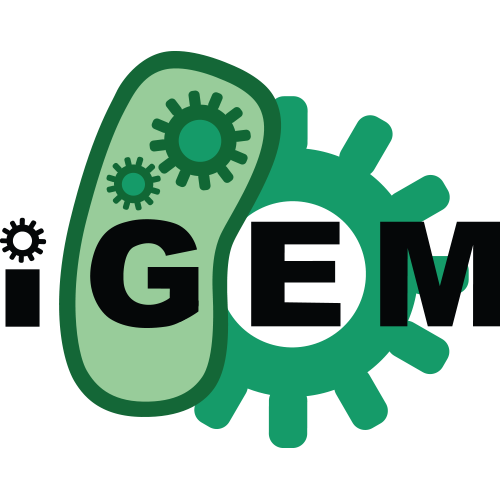Source:
Generated By: https://synbiohub.org/public/igem/igem2sbol/1
Created by: Javier Guinard, Maddy Sides, Keenan Molner
Date created: 2012-12-06 12:00:00
Date modified: 2015-05-08 01:14:05
Actuator to reduce Hg(II) to elemental Hg.
| Types | DnaRegion |
| Roles | Composite engineered_region |
| Sequences | BBa_M36567_sequence (Version 1) |
Description
Encodes transport and reduction of toxic Hg (II) ion to volatile, low-toxicity elemental Hg. This actuator is based off of naturally occurring operon genes in e.coli with evolved Hg(II) resistance and reduction. The self regulatory features of the natural system have been removed and only the necessary components remain in the actuator. merT transports the Hg(II) ions across the cell membrane and into the cytoplasm of the cell. merP aids in the transportation and begins the early stages of the ionic reduction. merA codes for Mercuric Reductase, the enzyme responsible for the reduction to the ionic form of Hg. The actuator accepts a PoPS signal and, in the presence of Hg(II) ions, will reduce the ions to the elemental form. This actuator can be attached to sensors like Rhamex 67K, induced with 1000umol, rhamnose.Notes
This actuator is optimized for E.Coli and has three unique, strong performance, monocistronic RBS from the BioFab database. The sequence is terminated with a TT from parts registry (BBa_M36281).Source
This part is a refinement of the naturally occurring mer operon in evolved cultures of bacteria, living in environments with a high Hg(II) concentration. Extraneous genes have been filtered out and the essential components for Hg(II) reduction have been placed in the logical order to transport and reduce the Hg(II).RBS #1: sFAB2831 (biofab.org)
RBS #2: sFAB2923 (biofab.org)
RBS #3: sFAB2836 (biofab.org)
merT: AAD37155.1 (GenBank)
merP: AAK61384.1 (GenBank)
merA: ZP_03071889.1 (NCBI Reference)
TT: (BBa_M36281) (PartsRegistry.org)
